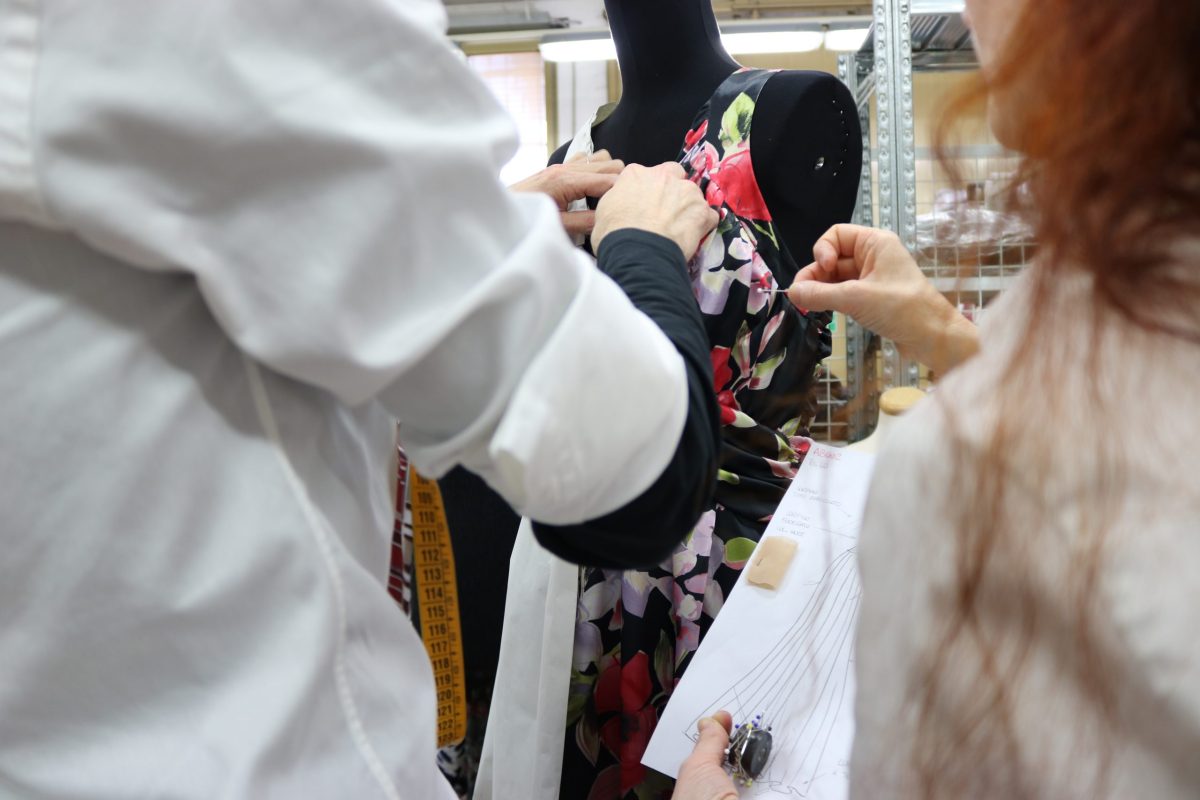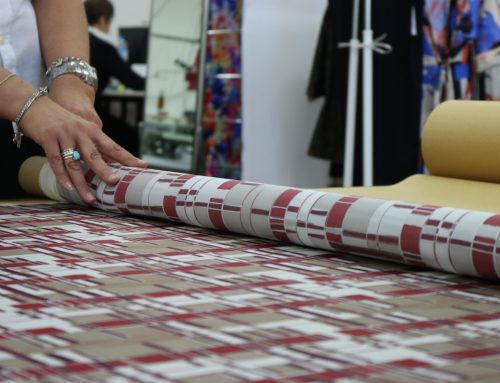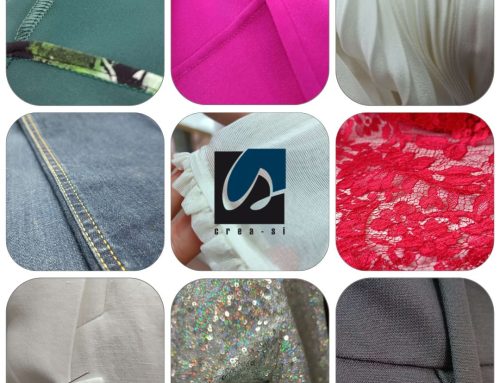
Working with jersey fabric, a type of knit fabric known for its stretch and comfort, requires specific techniques due to its elasticity. Here are some tips for working with jersey fabric:
1. Cutting:
- Use sharp scissors or a rotary cutter to cut jersey fabric.
- Pay attention to the fabric’s grain and stretch direction. Most patterns indicate the direction of greatest stretch.
2. Needle and Thread:
- Choose a ballpoint or stretch needle for your sewing machine. These needles are designed for knit fabrics like jersey.
- Use a polyester thread or a thread specifically designed for stretch fabrics.
3. Stitch Type:
Use a stretch stitch or a narrow zigzag stitch on your sewing machine. These stitches accommodate the stretch of the fabric without breaking.
4. Pins or Clips:
- Use ballpoint pins or clips designed for knits to avoid snagging or damaging the fabric.
- Place pins perpendicular to the seam to prevent them from getting caught in the sewing machine.
5. Sewing Machine Tension:
Adjust the tension on your sewing machine to accommodate the stretch of the fabric. Test stitches on a scrap piece of jersey before starting your project.
6. Seam Finishes:
Consider using a serger or overlock machine for seam finishes. If using a regular sewing machine, finish seams with a zigzag stitch or a stretch stitch to prevent fraying.
7. Hemming:
- Jersey fabric tends to curl at the edges, making hemming challenging. Use a twin needle or a coverstitch machine for a professional-looking hem.
- You can also use a walking foot attachment on your sewing machine to help feed the fabric evenly.
8. Stabilizers:
Consider using stabilizers or stay tape on areas prone to stretching, such as shoulder seams or necklines.
9. Pressing:
- Use a low heat setting on your iron to avoid damaging the fabric. Consider pressing seams open to reduce bulk.
- Steam can help reshape the fabric if it becomes distorted during sewing.
10. Pattern Choice:
Opt for patterns specifically designed for knits or stretch fabrics. These patterns often include adjustments for the unique characteristics of jersey.
11. Handling with Care:
Be gentle when handling jersey fabric to avoid stretching or distorting it.
12. Test on Scrap Fabric:
Before starting your project, test your chosen stitches, tension settings, and any other techniques on a scrap piece of jersey to ensure the best results.
Working with jersey requires a bit of practice and experimentation, but with the right techniques, you can create comfortable and stylish garments.
We hope this article has been helpful as you embark on your jersey fabric project!
If you’re looking to create jersey garments, Crea-Si can assist you. With thirty years of experience in crafting clothing from various fabrics, contact us for more information or to present your project!





